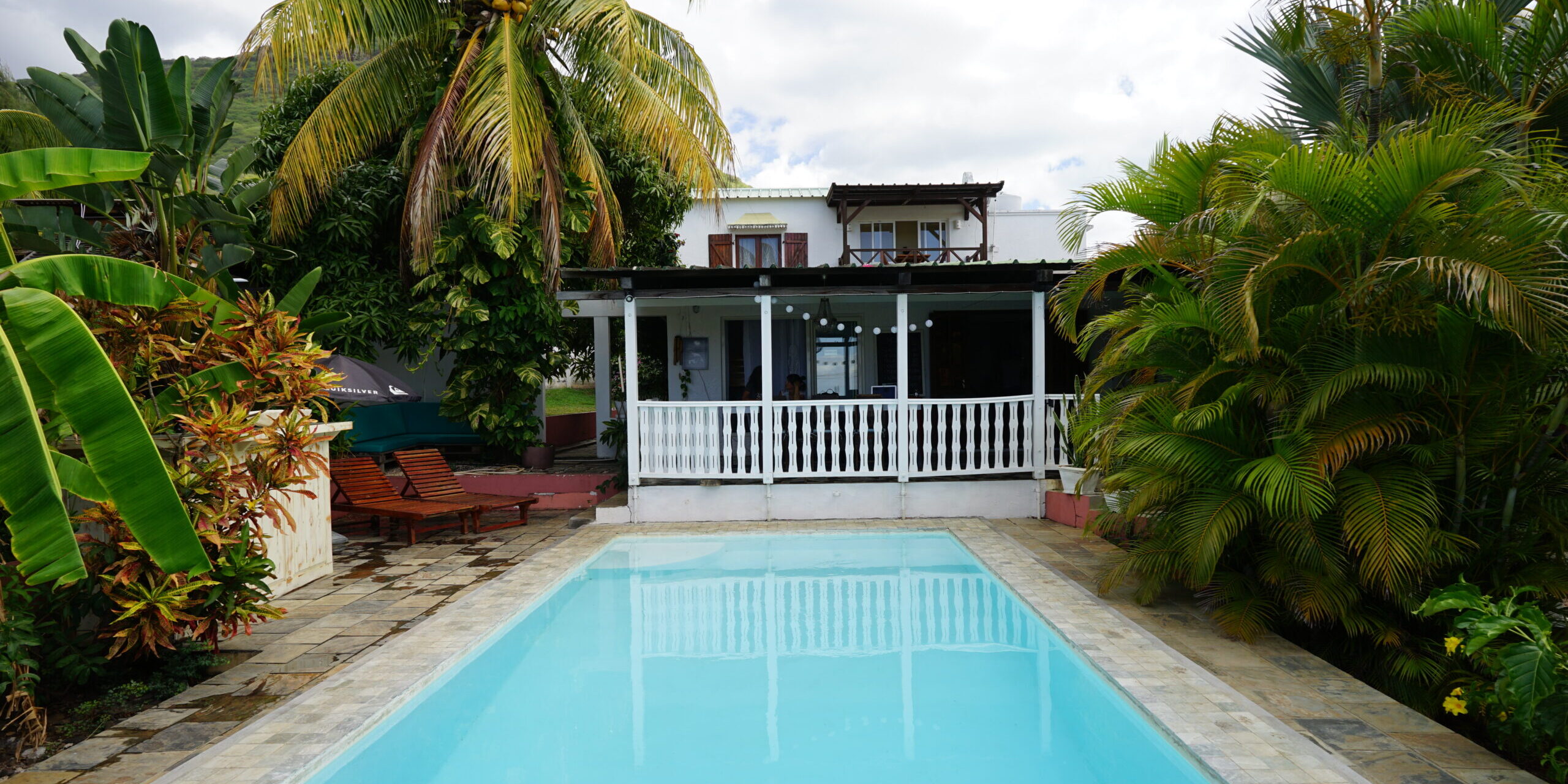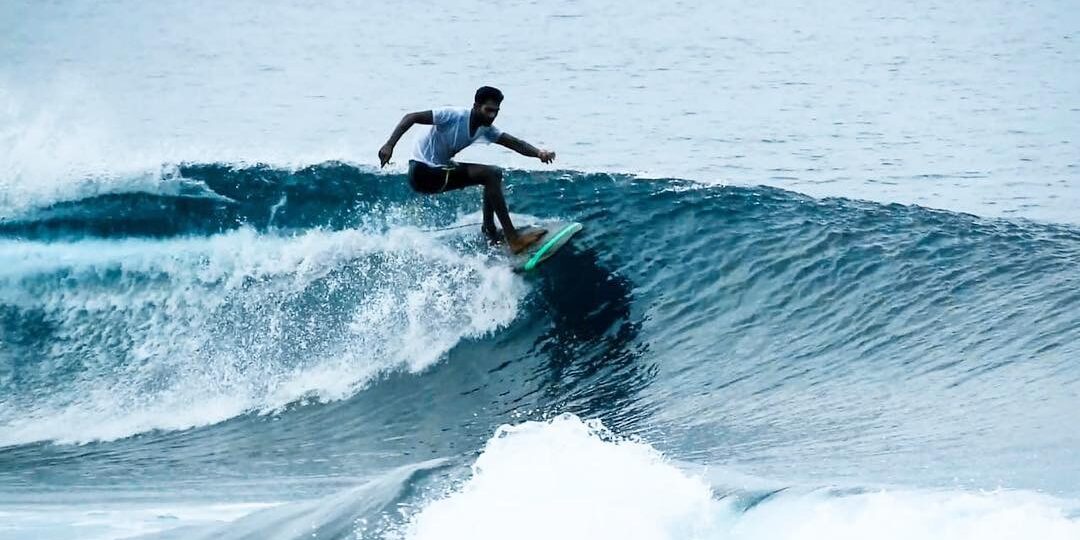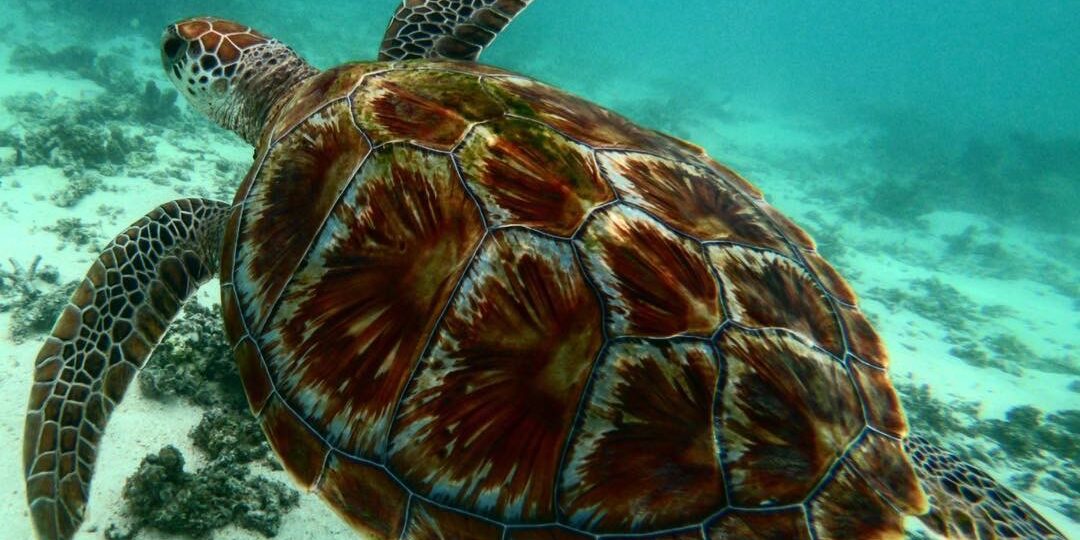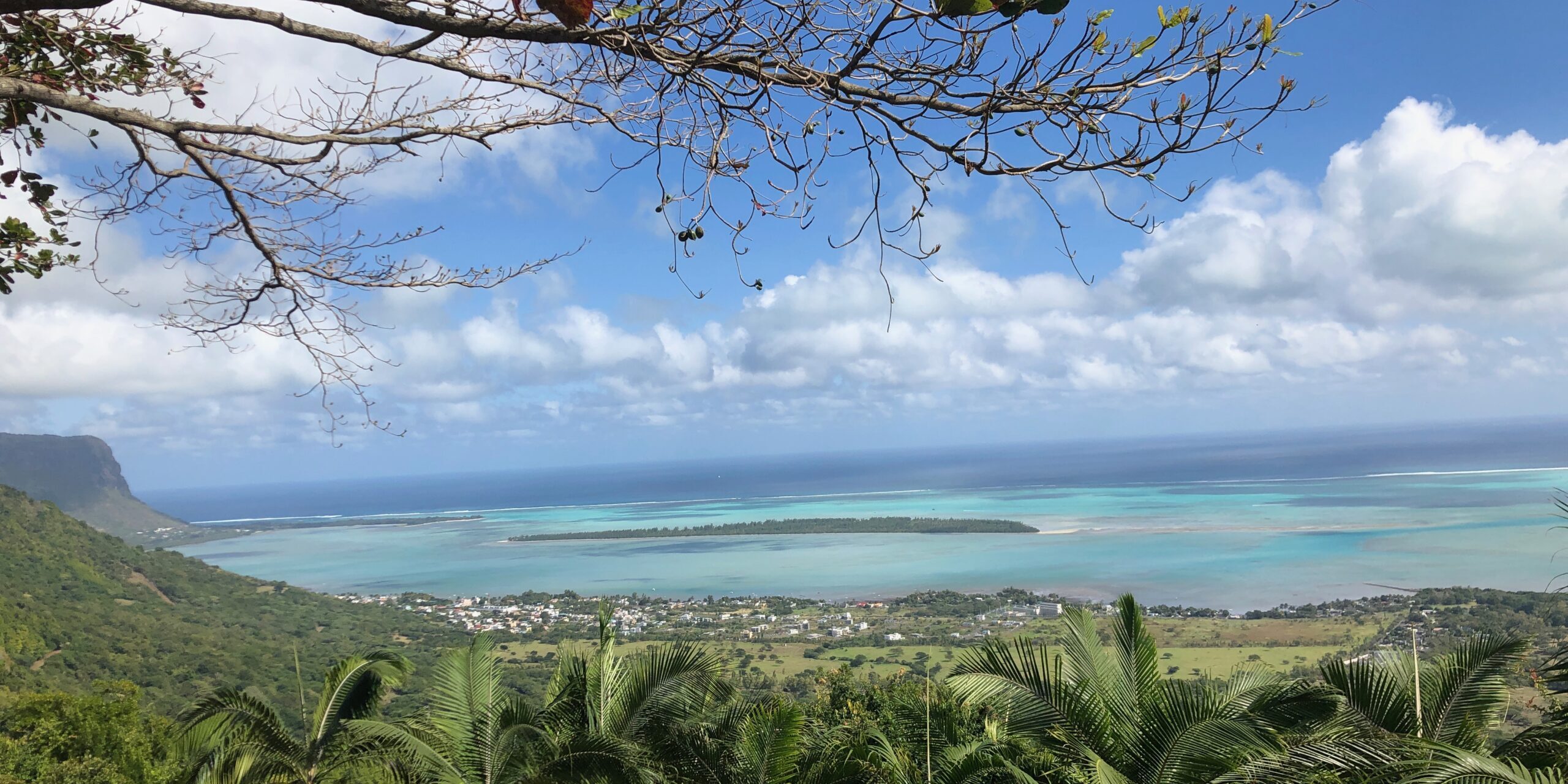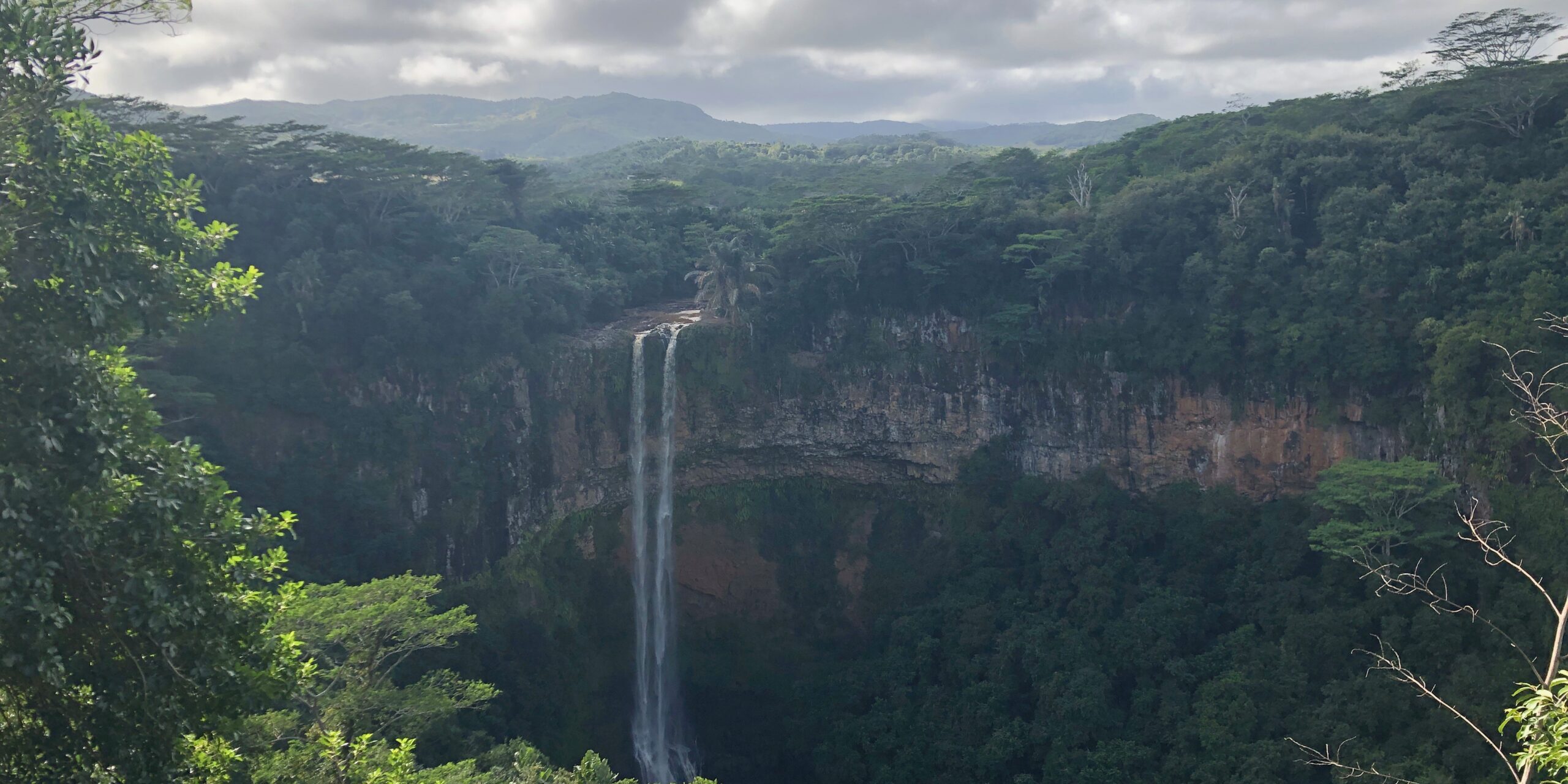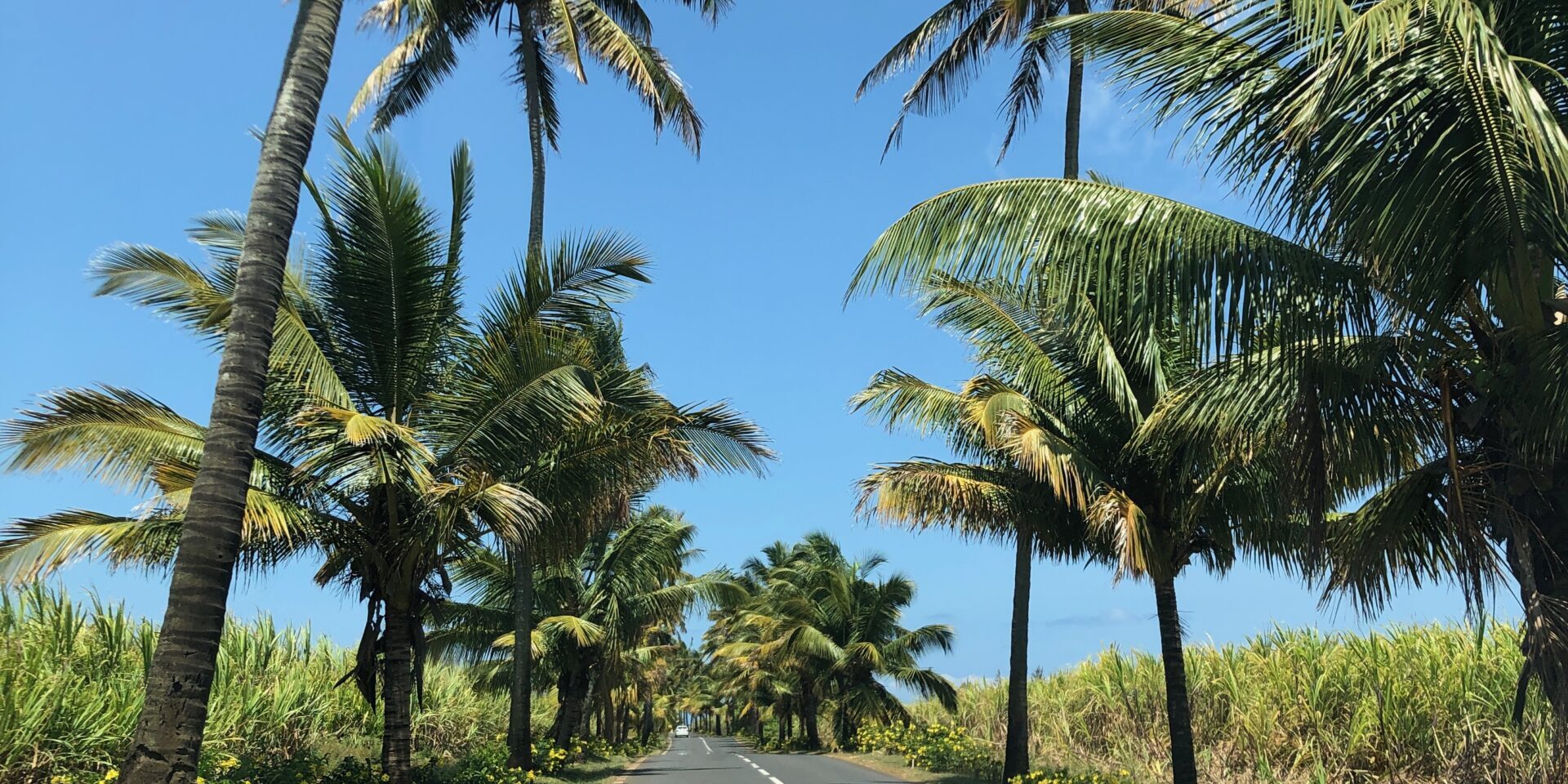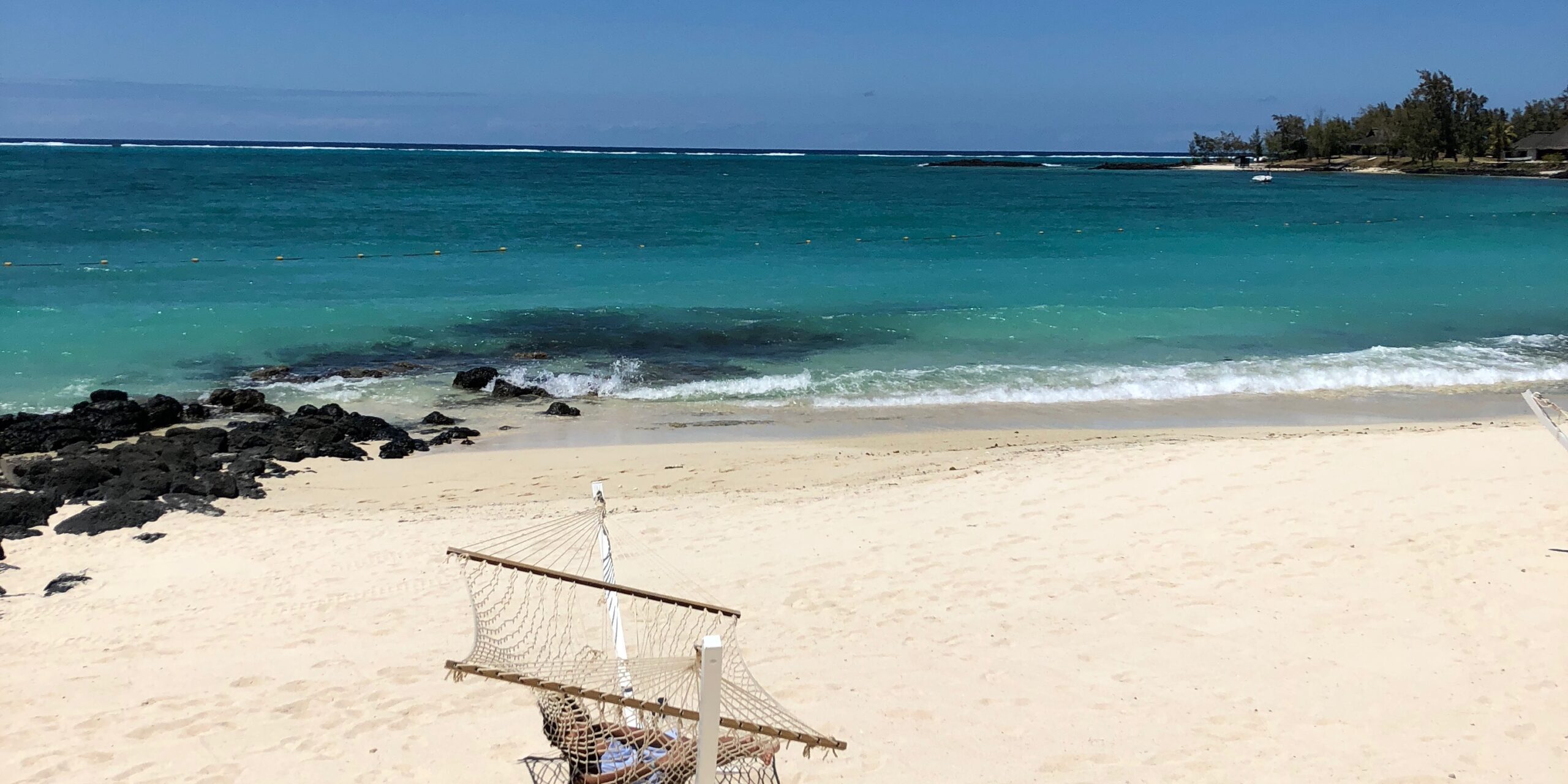Tamarin
An old fisherman village, Tamarin has developed into a residential area and a moderated holiday resort. Tamarin is especially popular with surfers. The village is surrounded by hills and is very picturesque. It is located next to Black River, another fisherman’s village on the west coast of the island. Tamarin has benefited from continuous development in recent years including new commercials and bakeries, several restaurants, banks with leisure area as well.
Tamarin Bay
The area was known as Santosha Bay (you’ll still find the word ‘Santosha’ scribbled on a few buildings in faded paint) and offered wave hunters some of the best surfing on the planet. In fact, before the bay earned the name Santosha, locals refused to give the beach a moniker because they didn’t want outsiders to discover their cache of surfable seas! Tamarin Bay was discovered by a wider audience and immortilised after the release of the classic surf documentary “Forgotten Island of Santosha” by Larry and Roger Yates in 1974. Tamarin has two world renowned surfing spots: ‘Dal’ on its left (south) and ‘Black Stone’ on the right (north) of the bay. Dolphins are often found close to Tamarin Bay. Both Spinners and Bottlenose dolphins are usually seen playing early in the morning in the bay before going back to the open sea. Various boat companies offer trips to watch and swim with dolphins in the mornings. Talk to us for more details.
Salt pans
Tamarin was the main salt pan in Mauritius. It’s hot and dry environment provides ideal conditions for salt fields. The pans cover an area of about 30 hectares. Only a small part is still used today, but you can visit it and you can purchase salt from the small shop on site. and can be seen from the main coastal road. Salt production dates back to the French period and the tradition of its making is almost unchanged after nearly two centuries. Water is pumped directly from the nearby sea and allowed to evaporate in the basins. The fresh salt can be harvested a few days later. Tamarin is connected to Quatre Bornes and Port Louis by a Highway which together with all the other Main Roads are under the responsibility of the Ministry of Public Infrastructure.

